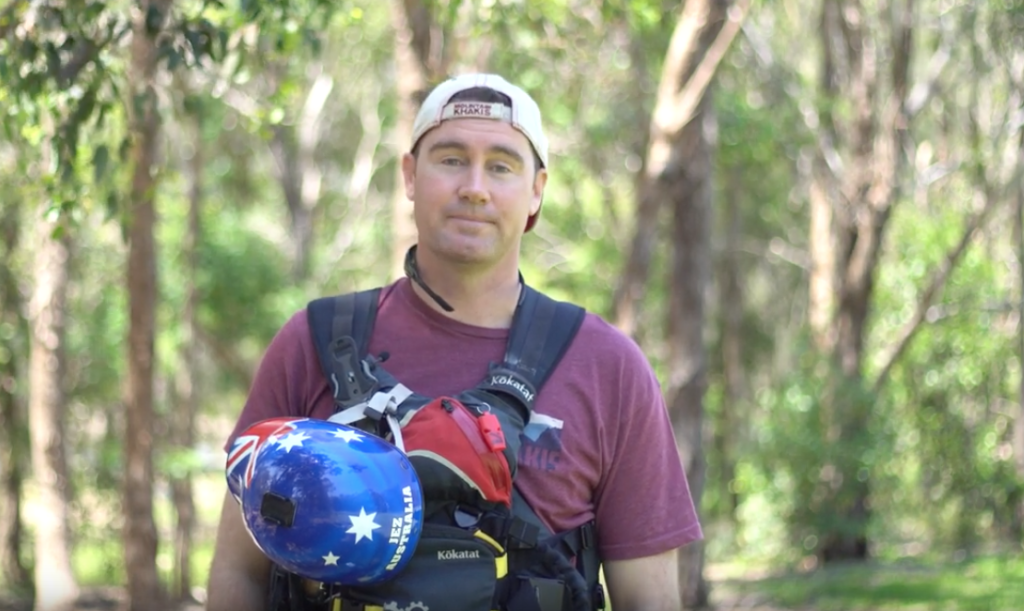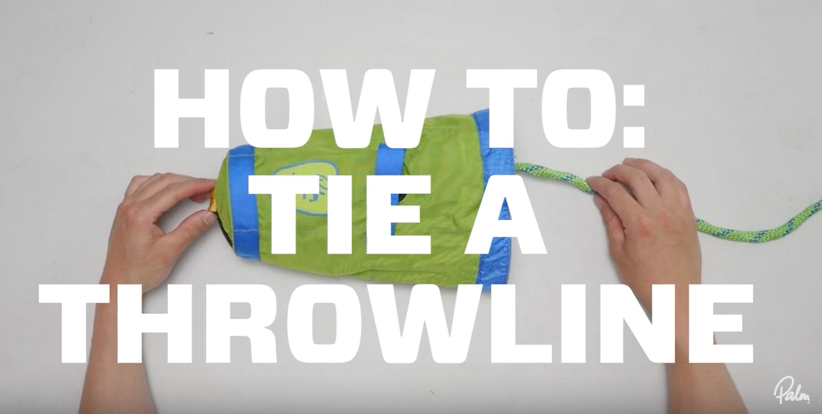If you are using ropes on the water then there a number of knots that you really should know. This edit from Jez Jezz gives a run through the basics and possible applications.
You can find and subscribe to his channel here.

Paddling tips, tricks, news and gear reviews from an Unsponsored point of view
If you are using ropes on the water then there a number of knots that you really should know. This edit from Jez Jezz gives a run through the basics and possible applications.
You can find and subscribe to his channel here.


The last thing anyone wants is for a throwline that is being used in a rescue situation to come apart. Making sure that the rope is threaded and tied into its bag correctly is a critical part of getting things right. Palm Equipment takes us on a walk through of how their throw bag system should be tied. The same knots and principles can be used on other bags.
Being able to effectively use both rope and tape is an essential skill for any paddler. The best way to gain these skills quickly is to get signed up on a course with an approved provider. The guys at Boreal River Rescue have shared some really useful information that is well worth checking out. This one relates to knots used on both rope and tape used in rescue situations including the figure 8 family as well as alpine butterfly and water knot.
They key to all things like this is to get practice so when/if they have to be used in anger they can be set up quickly and correctly.
I had a bit of time today so had a go at modifying my two throw lines. I much prefer the clean rope principle where the end of the throw line that you keep hold of is a clean piece of rope i.e. has no knots or tubing.
Before:
After:
The second modification I carried out was the removal of the tubing from the bag end of the line and the reduction in the size of the loop. The idea is that the loop is big enough to clip a karabiner into but is far too small to get a hand stuck.
© 2024 Unsponsored
Theme by Anders Norén — Up ↑
Recent Comments